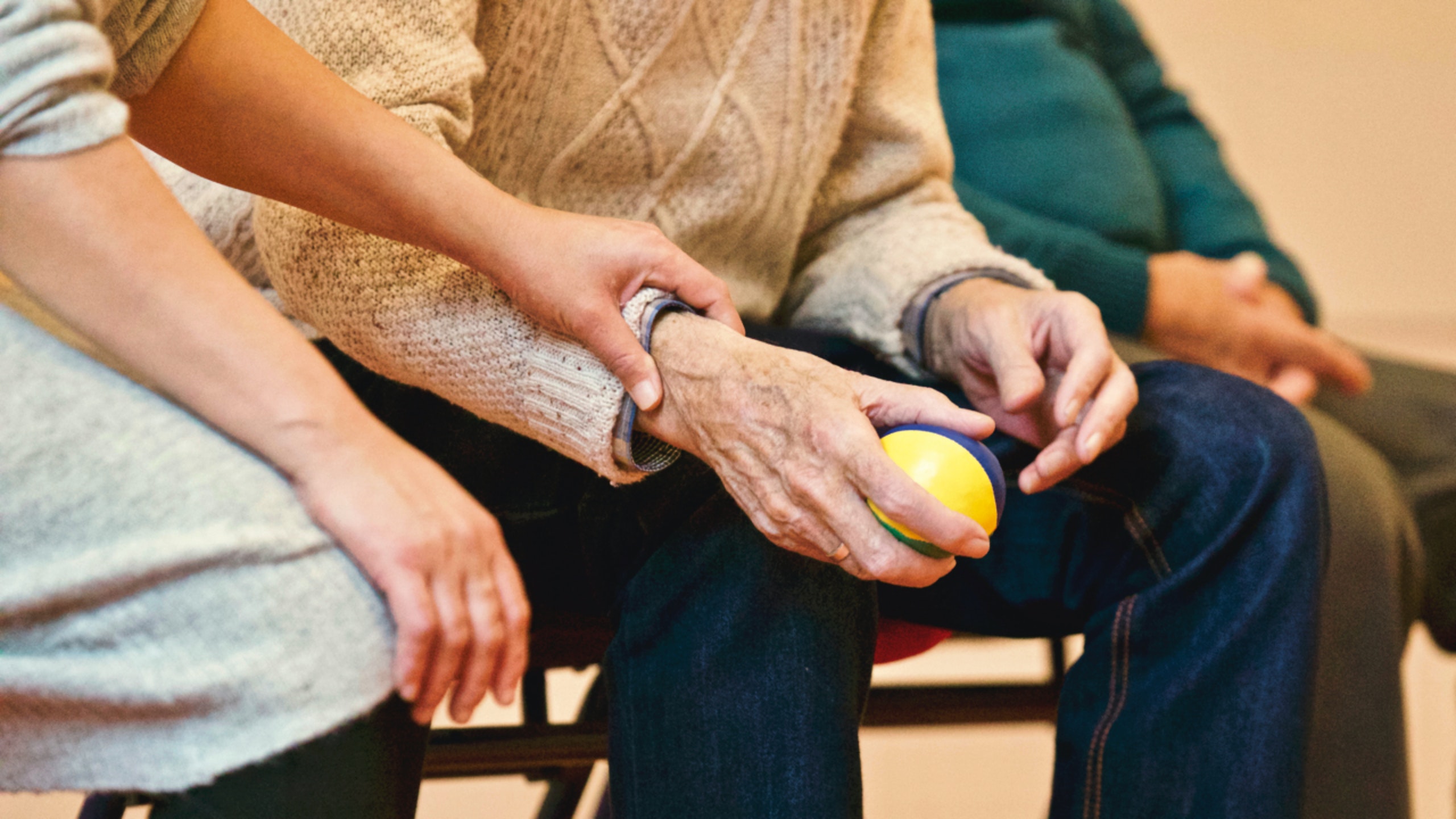The Role of Technology in Family Caregiving

The image is not directly related to the article. It merely symbolizes the life of elderly people.
What is family caregiving?
How has technology changed family caregiving?
Technology has greatly impacted family caregiving by providing new tools and resources to help caregivers manage their responsibilities more effectively. For example, remote monitoring devices and communication tools allow caregivers to check in on their loved ones and coordinate care from a distance.
What are some examples of technology used in family caregiving?
Examples of technology used in family caregiving include telehealth services, medication reminders, GPS tracking devices, home automation systems, and mobile apps for managing caregiving tasks and scheduling appointments.
How does technology improve the quality of care for patients?
Technology can improve the quality of care for patients by providing more accurate and timely information to caregivers and healthcare providers. It can also help patients and caregivers stay connected with their support networks, access educational resources, and manage their health more effectively.
What are some challenges associated with using technology in family caregiving?
Challenges associated with using technology in family caregiving include cost, accessibility, and user-friendliness. Some patients and caregivers may also be resistant to using technology or may not have access to the necessary resources to use it effectively.
How can caregivers make the most of technology in their caregiving role?
Caregivers can make the most of technology by staying informed about new tools and resources, seeking out support and training, and collaborating with healthcare providers to integrate technology into their caregiving plan. It’s also important to consider the individual needs and preferences of the patient when selecting and using technology.
Technology has had a significant impact on family caregiving, providing new tools and resources to help caregivers manage their responsibilities more effectively. Remote monitoring devices, communication tools, and mobile apps are just a few examples of technology that can improve the quality of care for patients and make caregiving more manageable for family members.
However, there are also challenges associated with using technology in family caregiving, such as cost and accessibility. Caregivers must stay informed and seek out support and training to make the most of technology in their caregiving role. It’s also important to consider the individual needs and preferences of the patient when selecting and using technology.
In conclusion, technology plays an important role in family caregiving and has the potential to greatly improve the quality of care for patients. By staying informed and collaborating with healthcare providers, caregivers can make the most of technology and provide the best possible care for their loved ones.
The image is not directly related to the article. It merely symbolizes the life of elderly people. What is family caregiving? Family caregiving refers to the act of providing care and support to a family member who is unable to fully care for themselves due to age, illness, or disability. How has technology changed family…
Recent Posts
- Empowering Caregivers: The Best Online and Offline Resources to Enhance Your Skills
- Traveling with a Purpose: The Rise of Volunteer Vacations
- Breaking Stigma: Dispelling Myths about Mobility Aids and Disability
- Avoiding Probate: How Trusts Can Simplify the Estate Settlement Process
- Senior Citizens Beware: Common Financial Scams and How to Stay Protected

